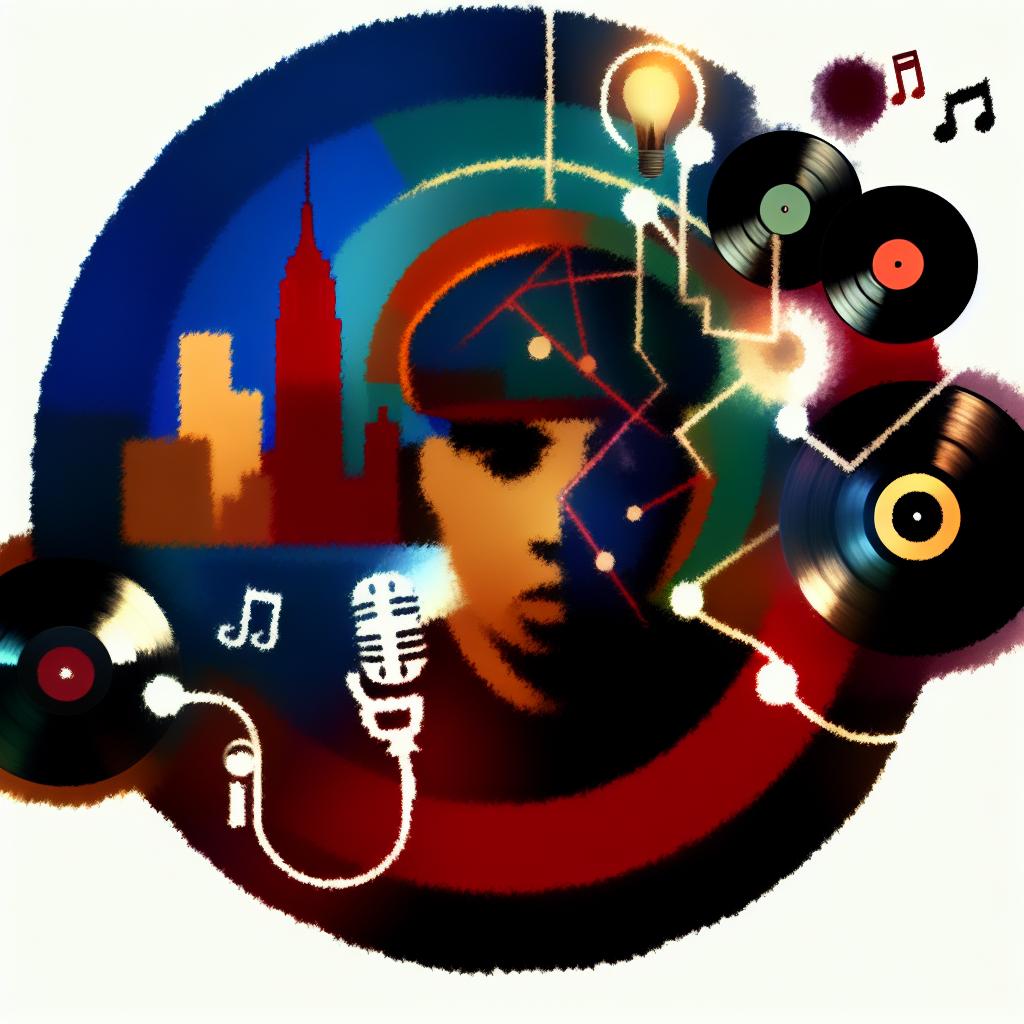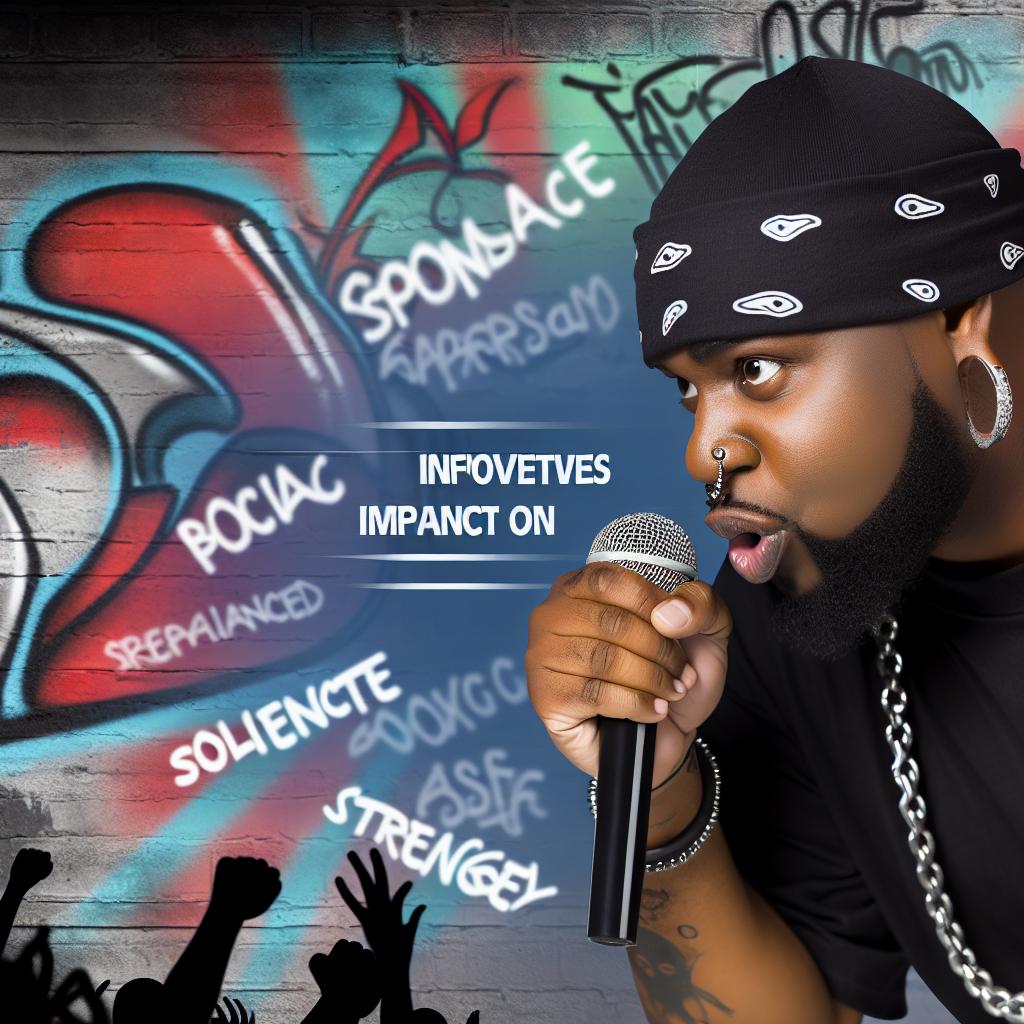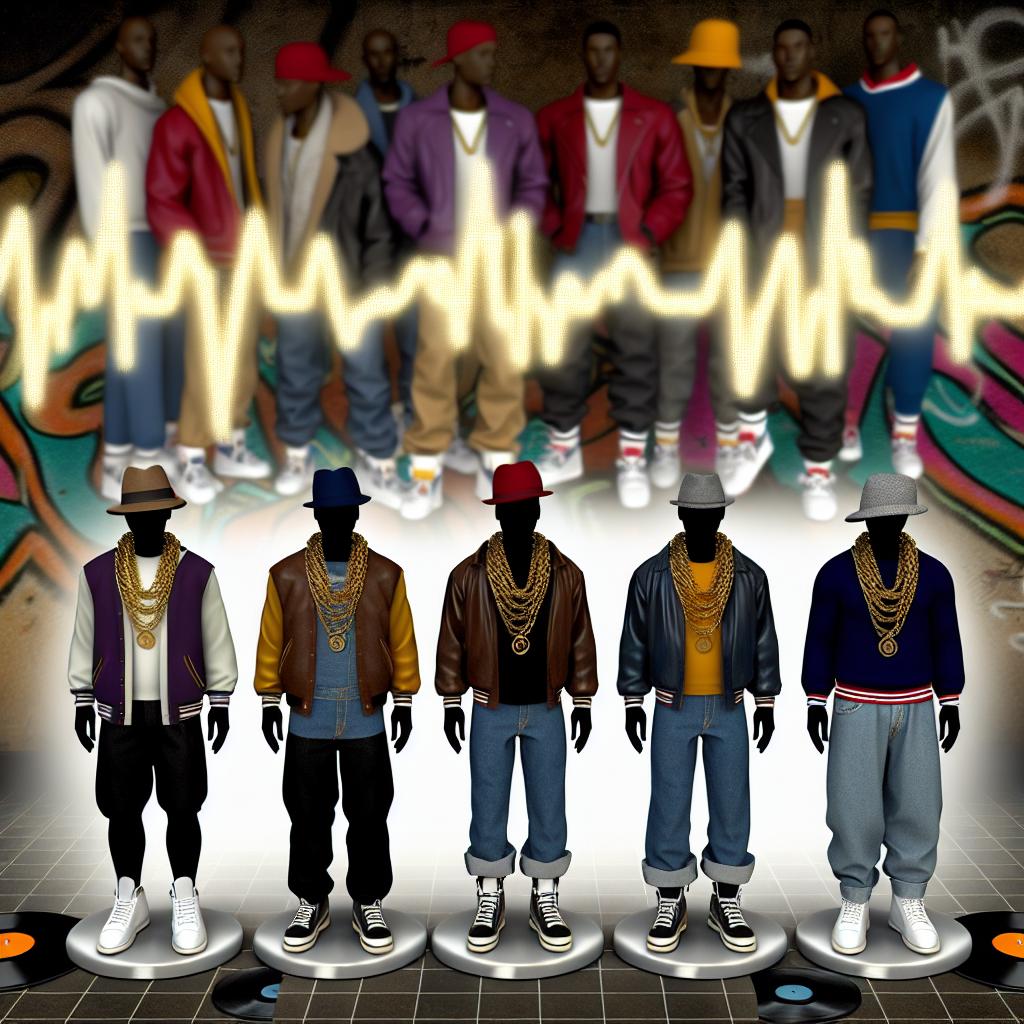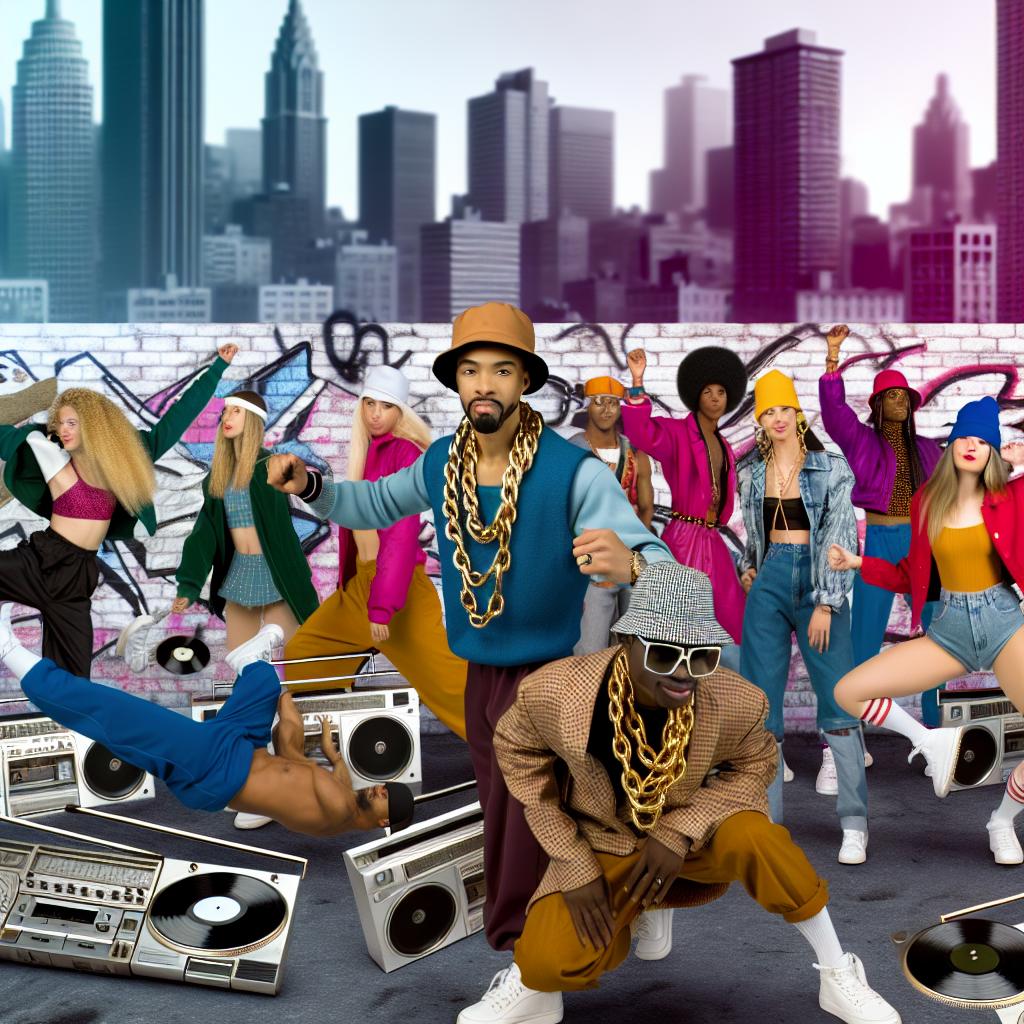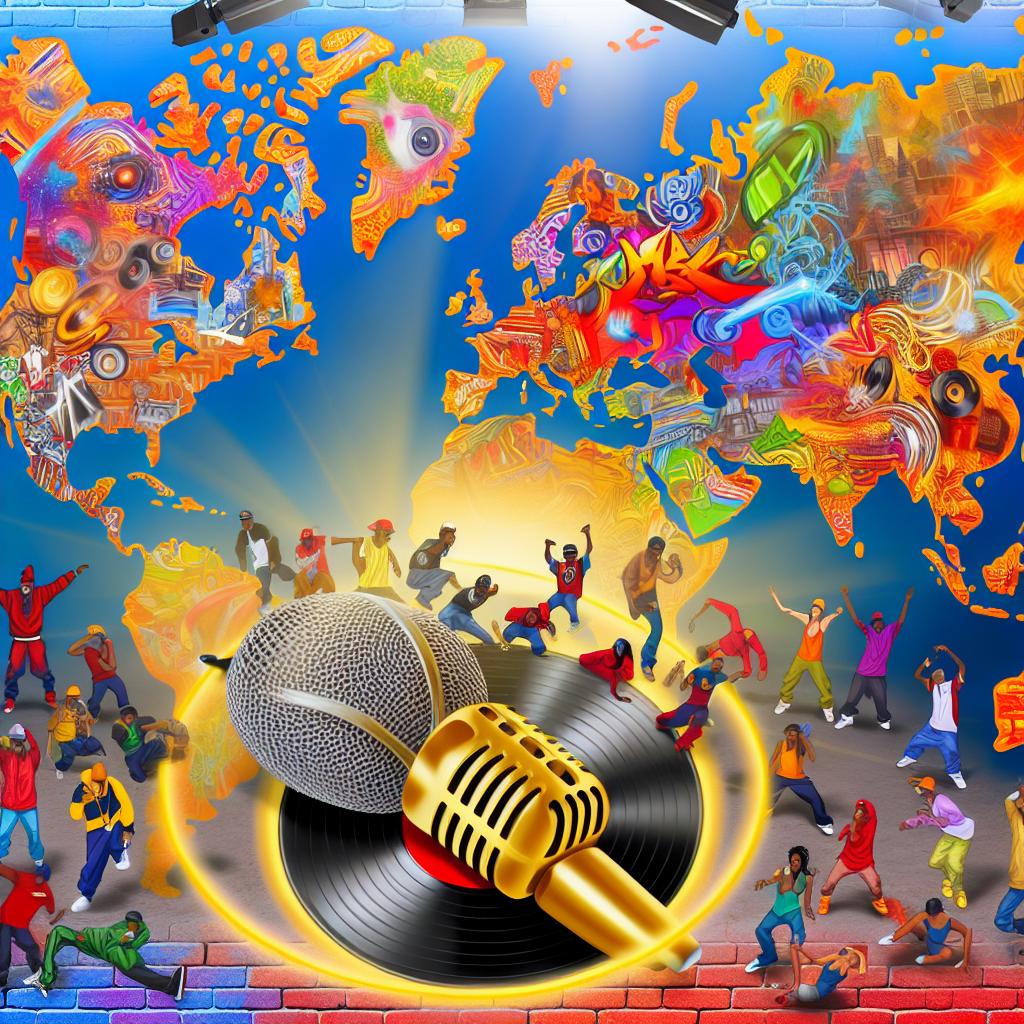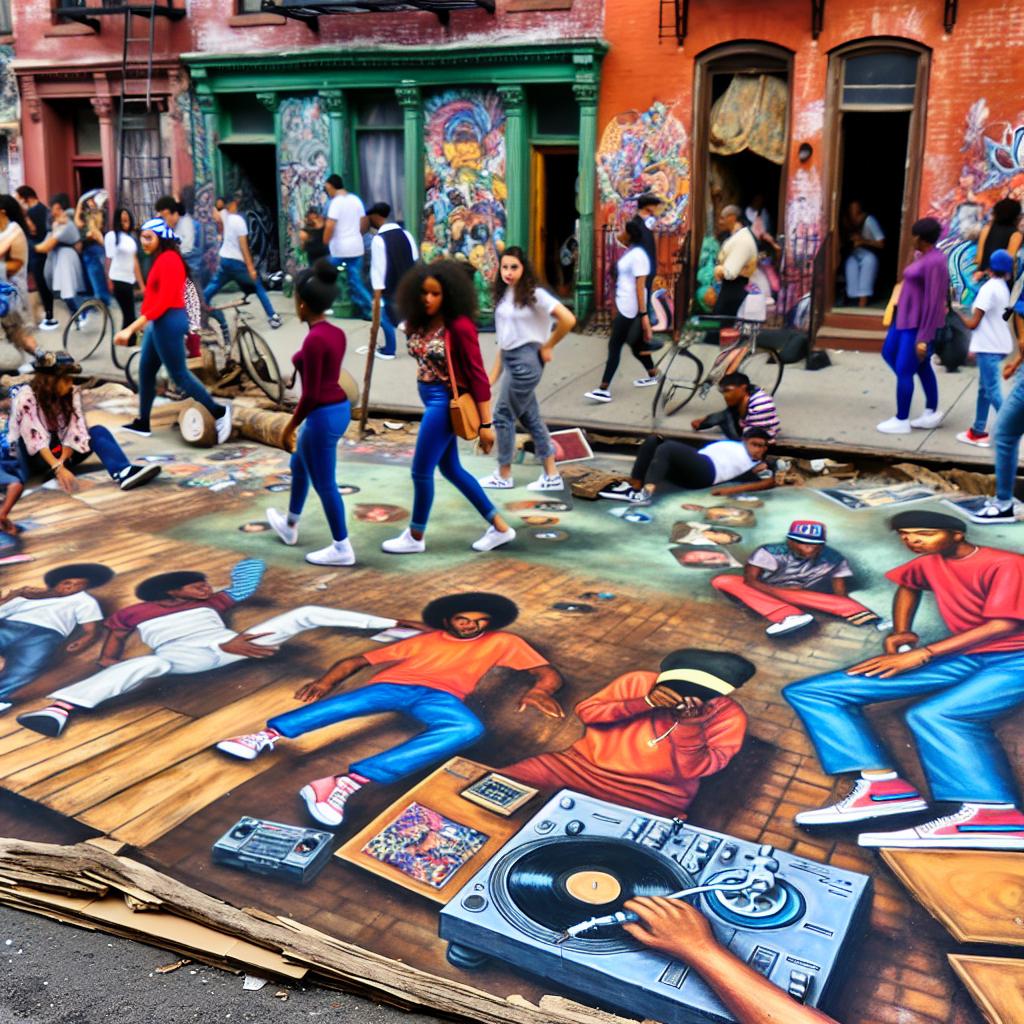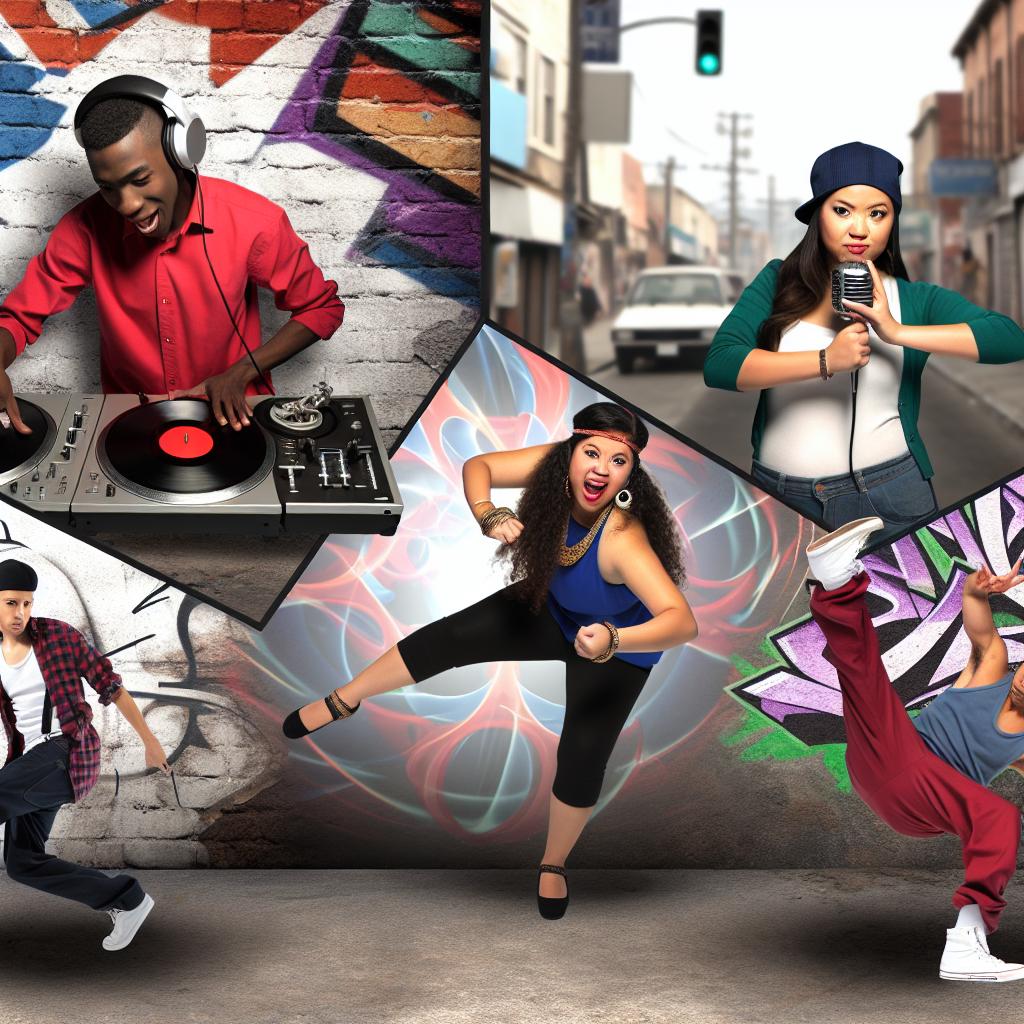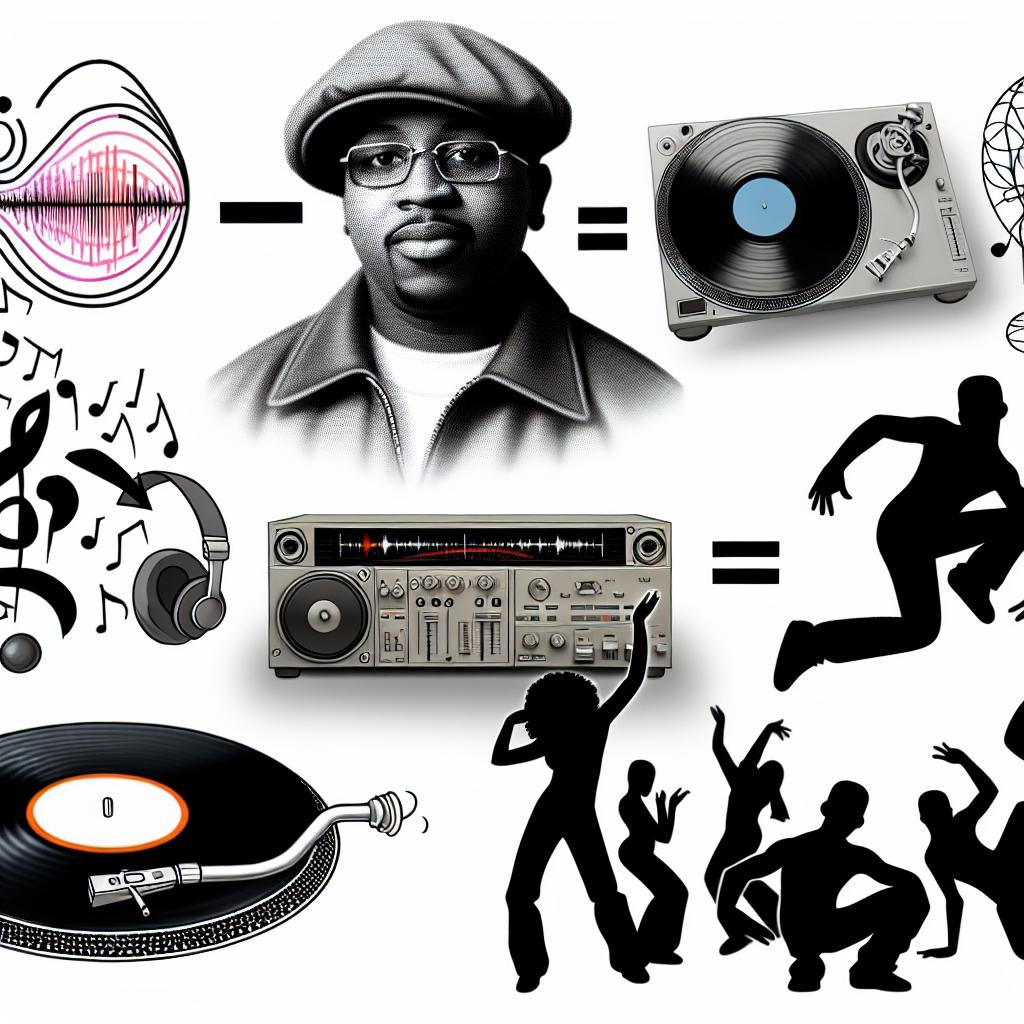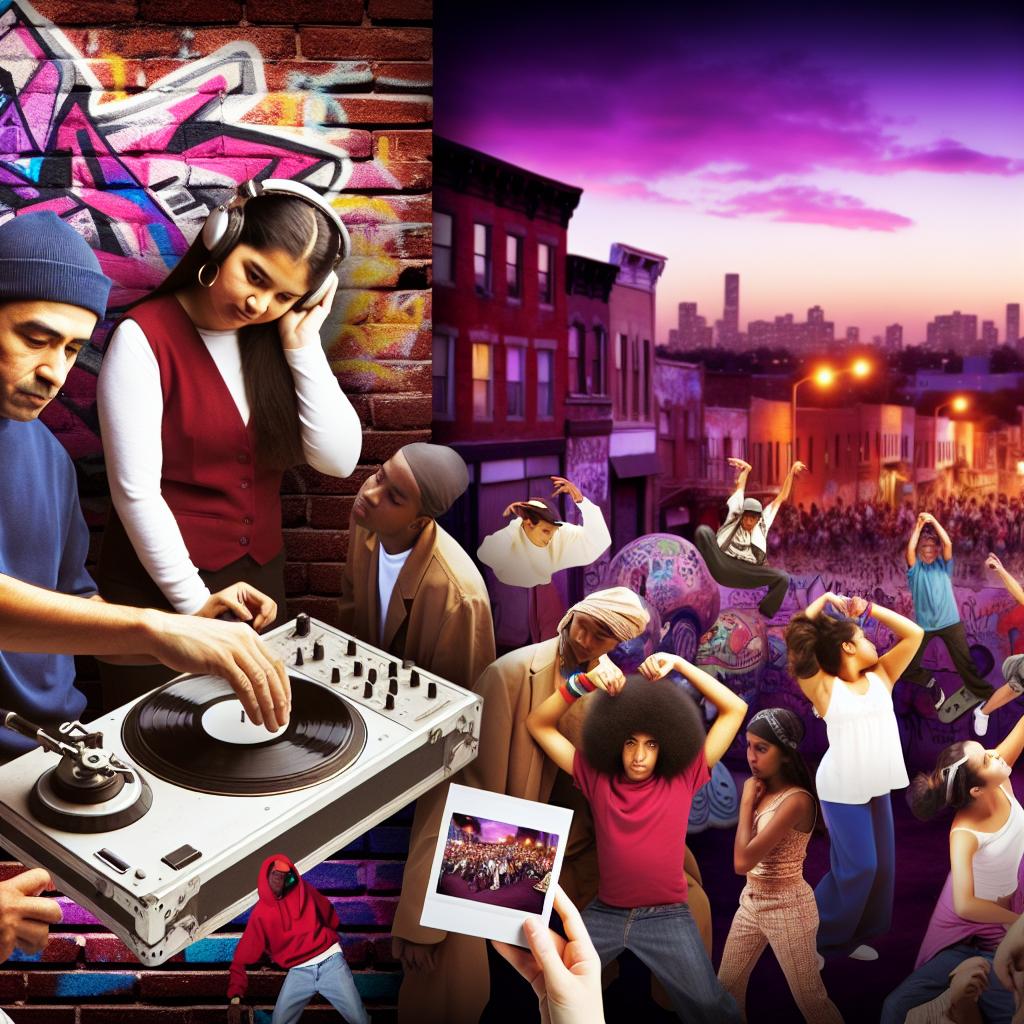The Early Life of The Notorious B.I.G.
The Notorious B.I.G., born Christopher George Latore Wallace, came into the world on May 21, 1972, in the bustling borough of Brooklyn, New York. Growing up in the vibrant yet challenging environment of Brooklyn, Wallace was immersed in the culture of the streets from an early age. Brooklyn, during the 1970s and 1980s, was a melting pot of cultures, sounds, and rhythms, but it was also a place marked by economic challenges and social unrest. Despite these adversities, Wallace displayed a keen intellect and excelled academically, suggesting a promising future in any number of fields. However, the allure of the environment around him, rife with the influences of hip hop and street lifestyle, made a profound impact on his formative years.
While his academic abilities opened many possibilities, Wallace was deeply influenced by his surroundings. His neighborhood was a tapestry of cultural diversity, street smarts, and the burgeoning sounds of hip hop music. As a young boy, he quickly absorbed the various stimuli around him, which, unfortunately, included criminal activities. His involvement in such activities stemmed not from lack of choices, but from a sense of acceptance within his environment. These early life experiences would later become the cornerstone of his music, infusing it with the authenticity and raw truth that provided listeners with vivid, compelling narratives reflecting the harsh realities faced by many urban youth of his time.
Breakthrough in the Music Industry
Biggie’s entrance into the music scene can be credited to a pivotal moment in his life — the creation of a demo tape. This demo, imbued with a unique style and storytelling prowess, caught the attention of Sean “Puffy” Combs, who was at the time a young and ambitious A&R executive at Uptown Records. Recognizing Wallace’s talent, Combs saw potential in his raw and honest lyrics. This initial meeting led to a contract with Bad Boy Records, a label that Combs founded after his departure from Uptown. This record label would become a significant player in the music industry, largely thanks to B.I.G.’s contributions.
The release of B.I.G.’s debut album, “Ready to Die,” in 1994 was a landmark event. The album was not only a commercial success but was also critical in redefining the status of East Coast hip hop on a global scale. During this period, West Coast rap, with its distinctive beats and styles, dominated the industry. However, B.I.G.’s fresh approach and formidable talent helped in repositioning the narrative by highlighting the raw, gritty poetry of East Coast rap.
Impact and Influence
The lyrical prowess of The Notorious B.I.G. was unmatched and set a new benchmark for storytelling within the world of rap music. His ability to weave complex narratives, often drawing from personal experiences, distinguished him from his peers. With a laid-back delivery style, Wallace’s music resonated with audiences worldwide. Tracks such as “Hypnotize” and “Juicy” exemplify his narrative genius, not only topping music charts but significantly expanding the scope of lyrical content within the hip hop genre at the time.
His work laid the groundwork for subsequent generations of artists, offering a blueprint for authenticity and storytelling. The broader evolution in style and content in hip hop music owes much to the inventive and honest approach B.I.G. championed. His influence extends across multiple facets of pop culture and continues to be a guiding force for new and established artists alike.
Tragic End and Posthumous Releases
On March 9, 1997, the world was shocked by the untimely death of The Notorious B.I.G., who was tragically killed in Los Angeles, California, in a drive-by shooting. The mystery surrounding the case has ensured that the events of that night remain unsolved, adding to the mystique of his persona. Despite his life ending abruptly, Wallace’s influence and contribution to music endured through a series of posthumous releases.
The album “Life After Death,” released just weeks following his passing, is a testament to his lasting talent and appeal. It debuted at number one on the Billboard 200, further cementing his legacy within the annals of music history. Additional albums, such as “Born Again” and “Duets: The Final Chapter“, continued to showcase his prowess, allowing his voice to reach new audiences and ensuring that his artistry lived on.
Continued Legacy in Hip Hop
The legacy of The Notorious B.I.G. in hip hop extends far beyond his lyrical catalog. His larger-than-life persona, coupled with his unique artistic output, has left an indelible mark on hip hop culture, influencing everything from fashion to language. Contemporary artists often credit B.I.G. as a primary influence, with many citing his work as integral to their development and evolution of sound and approach in the music industry.
In 2020, The Notorious B.I.G.’s profound impact was further recognized when he was inducted into the Rock and Roll Hall of Fame. This honor reflects the substantial influence he has had, not only shaping the genre of hip hop but across the broader music industry as well. His induction serves as a celebration of his life and achievements, underscoring his place as an iconic figure whose work continues to inspire.
Conclusion
The imprint of The Notorious B.I.G. on hip hop is both undeniable and enduring. Through his exceptional storytelling, distinctive style, and profound influence, he transcended the genre, leaving a legacy that continues to resonate with artists and audiences alike. His career, though regrettably brief, established milestones within music history, and he remains a pivotal figure whose contributions continue to influence new waves of musicians. Even decades after his passing, The Notorious B.I.G.’s work continues to be celebrated and his story told, ensuring that his impact on music and culture will continue to be felt for generations to come.


